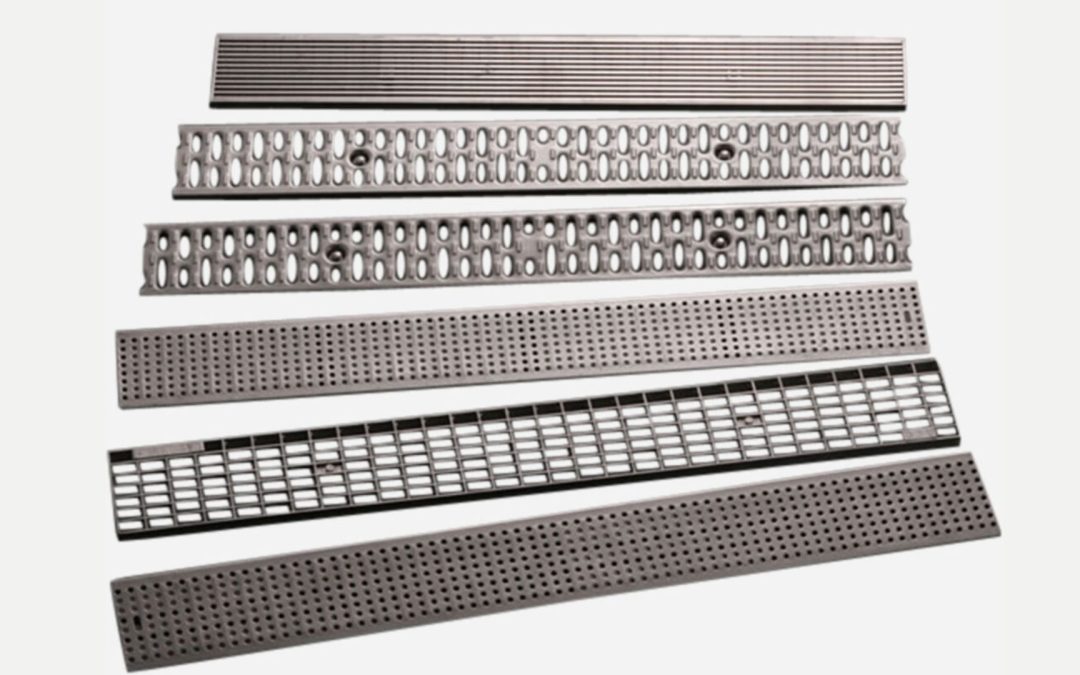Having the right water drainage system is essential. This applies to food processing plants, breweries, job sites, public walkways, and your home property. It can be difficult to decide between the various drainage types available.
Most commonly, your two main choices will be a slot drain or a trench drain. In this article, let’s talk about what each of these drain types are and the key differences. That way, you can decide the best one for your situation.
The Differences Between Slot and Trench Drain Systems
What Is A Trench Drain System?
Trench drain systems are installed just slightly below the water level. They come in the shape of a trench or trough, hence the name. Trench drain grates are slotted, which prevents debris or other objects from entering the drainage system and causing a blockage.
This helps ensure proper water flow and drainage. Along the length of the trench, there will be a slight downward slope. This directs all of the water and other liquids to a basin.
At the basin, there is typically a second drain or strainer to prevent larger objects from passing through. Finally, the water is funneled into a sewage system.
When To Use A Trench Drain?
Trench drains are ideal for high-volume drainage. They are also perfect for preventing solid objects and debris from contaminating the drainage system.
The grates have large openings so that waste can pass through while still preventing clogging or bacteria from entering the drainage system.
Food processing facilities, breweries, or properties in which there is a large amount of rainfall can benefit from trench drains.
What Is A Slot Drain?
A Slot drain is a built-in sloped, one-piece open drain. It contains a linear slot on top that eliminates grating requirements. Like trench drains, there is often a long trough or channel underneath the surface.
Since there are no grate covers, slot drains can sustain heavy loads. Slot drains also evacuate water quickly while being easy to clean.
When To Use A Slot Drain?
High-traffic areas that need constant cleaning are typically the best place to install a slot drain. However, the downsides of slot drains are that they aren’t very adept at removing solids from the area.
There are also more installation requirements because it needs more pipes under the floor. And finally, it can be difficult and costly to inspect the drain’s condition for potential maintenance or repairs. Therefore, the difference between trench drains and slot drains is significant.
Trench Drain vs. Slot Drain: Final Word
If you need to drain a large amount of water quickly, trench drains are superior. In addition, trench drains have several layers of filtering to allow debris to be evacuated from the area without passing all the way through or getting stuck in the channel.
For most applications, trench grates are preferred. They provide a more versatile drainage system that can handle higher volumes. They’re also less costly to install and maintain. If you want high-quality trench drain systems, contact the trench grate experts today.




